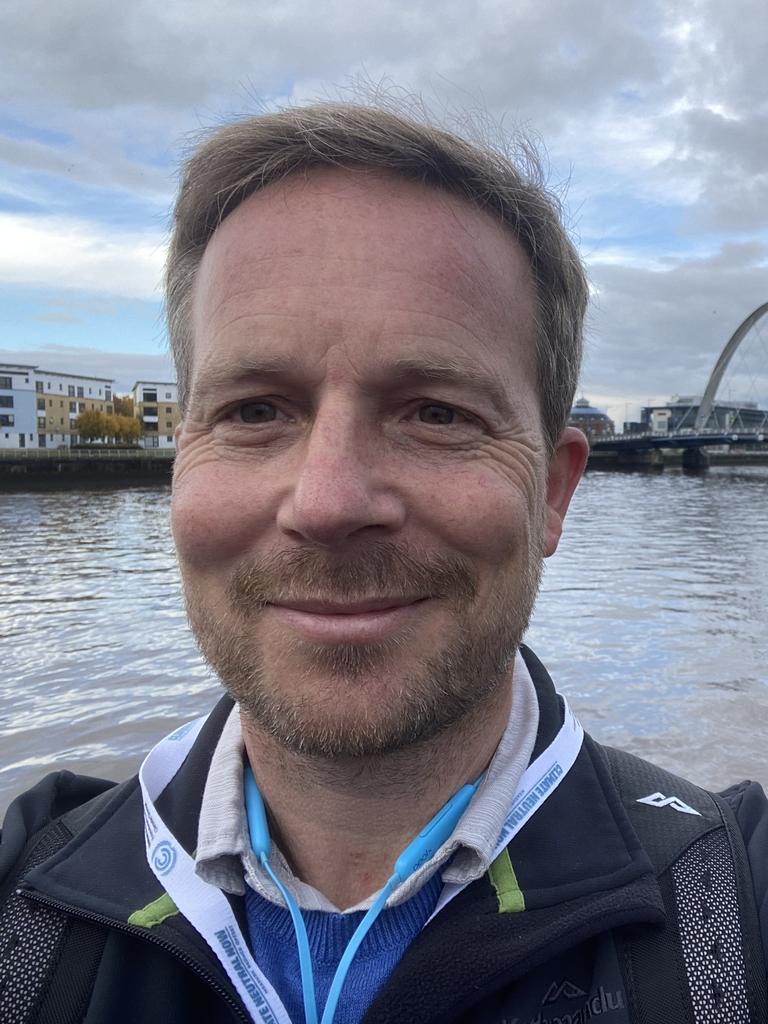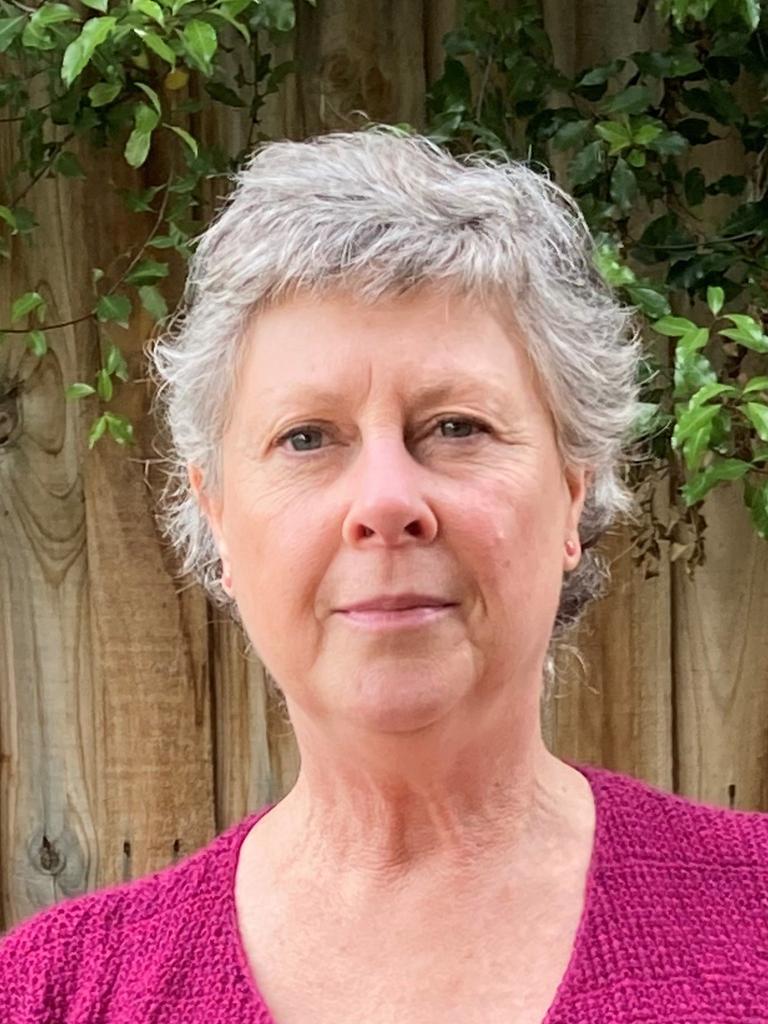Councils going for net zero: full list
Some say local government should stick to roads, rates and rubbish, but an increasing number of councils are adopting net zero targets. See the list and have your say.

More than one in six local councils across Australia have adopted a net zero target, and 10 have already gone carbon neutral, new figures show.
Victorian councils have embraced net zero with particular gusto, with 34 of the state’s 45 local governments setting target dates to get there.
In NSW, one third of councils have adopted a net zero goal, compared to 12 per cent in South Australia, 8 per cent in Western Australia and 5 per cent in Queensland.
Tasmanian councils have not bothered setting targets, largely because the state itself is carbon neutral, while the ACT has a net zero goal, and two of the Northern Territory’s six councils have also made the pledge.
Data analysis platform Purpose Bureau reviewed 531 local councils in Australia and found 92, or just over 17 per cent, had made net zero commitments by 2050 or sooner.
The 10 councils that have already achieved carbon neutrality are Brisbane City Council (Australia’s largest local government, with 1.25 million residents), Adelaide City Council, Subiaco and Fremantle in WA, and Bayside, Colac Otway, Melbourne, Moonee Valley, Moreland and Mornington Peninsula in Victoria.
In NSW, Sydney, Waverley and Willoughby councils have all recently accelerated their net zero targets, while others, including Byron, Blue Mountains and Georges River, plan to reach the goal by 2025.
Most local government emissions reductions plans govern only the operations of the council itself, but some have also set goals for the community as a whole.
The plans have been criticised by some resident groups.
Ratepayers Victoria committee member Verity Webb said councils should stick to environmental issues such as recycling and planting trees instead.
“It’s up to federal and state governments to take the lead on reducing emissions and introducing policies and legislation,” Ms Webb said.
Local councils should “lead by example, with simple, practical and inexpensive solutions: for example, reducing the use of council vehicles and encouraging staff to walk, rather than drive," she said.


But Dr Simon Bradshaw, who will represent Australia at a COP26 forum on the role of sub-national governments in emissions reduction in Glasgow on Thursday, said local governments were well-placed to contribute because “so much of the practical action that has to happen is at the local level”.
“Local councils own and manage huge amounts of the nation’s infrastructure, so they have a lot of scope to be driving down emissions, both through their own operations, and everything that’s under their control,” Dr Bradshaw said.
Local governments also had an important advocacy function for their communities, Dr Bradshaw said, and it was frustration with perceived federal inaction on climate change that had helped kickstart the Cities Power Partnership, a group of 160 councils wanting to cut emissions.
The participating councils were a “real mix, all shapes and sizes,” Dr Bradshaw said, and they included a number of central Queensland councils representing areas traditionally dependant on fossil fuel industries.
The group received a boost on Monday, with the NSW, SA and ACT governments agreeing to form the Net Zero Emissions Policy Forum, described as a “collaboration designed to help sub-national jurisdictions address the practical challenges of achieving net zero emissions”.
Dr Bradshaw said momentum for local government action on emissions was accelerating.
A recent survey of councils by the Cities Power Partnership found one in four were already investigating a council operations emissions target, and 11 per cent said they would have a goal set within the next 12 months.
NSW COUNCILS WITH NET ZERO TARGETS
Armidale 2030
Ballina 2030
Bayside 2050
Bega 2050
Blacktown 2030
Blue Mountains 2025
Byron 2025
Canterbury 2050
Cessnock 2050
Georges River 2025
Glen Innes 2050
Hawkesbury 2050
Hornsby 2050
Hunters Hill 2050
Inner West 2025
Kiama 2031
Lismore 2050
Maitland 2050
Newcastle 2050
Northern Beaches 2030
Orange 2050
Randwick 2030
Ryde 2050
Shellharbour 2050
Shoalhaven 2050
Snowy Valleys 2050
Sydney City 2028
Upper Hunter 2030
Waverley 2030
Willoughby 2025
Wollongong 2030
Woollahra 2050
VICTORIA: COUNCILS WITH NET ZERO TARGETS
Alpine 2023
Ballarat 2025
Banyule 2028
Baw Baw 2050
Bayside Already carbon neutral
Brimbank 2030
Casey 2040
Colac Otway Already carbon neutral
Darebin 2050
Frankston 2025
Greater Bendigo 2036
Greater Geelong 2035
Kingston 2050
Knox 2030
Maroondah 2050
Melbourne City Already carbon neutral
Melton 2040
Moira 2050
Monash 2025
Moonee Valley Already carbon neutral
Moorabool 2050
Moreland Already carbon neutral
Mornington Peninsula Already carbon neutral
Mount Alexander 2030
Murrindindi 2050
Port Phillip 2050
South Gippsland 2030
Stonnington 2040
Surf Coast 2050
Wangaratta 2050
Warnambool 2040
Whittlesea 2022
Wyndham 2040
Yarra Ranges 2040
QUEENSLAND: COUNCILS WITH NET ZERO TARGETS
Brisbane Already carbon neutral
Noosa 2026
Sunshine Coast 2041
Whitsunday 2050
SOUTH AUSTRALIA: COUNCILS WITH NET ZERO TARGETS
Adelaide Already carbon neutral
Burnside 2030
Charles Sturt 2025
Holdfast Bay 2030
Marion 2030
Mount Barker 2050
Unley 2050
Yorke Peninsula 2050
WESTERN AUSTRALIA: COUNCILS WITH NET ZERO TARGETS
Augusta-Margaret River 2030
Bayswater 2040
Belmont 2050
Busselton 2050
Cockburn 2030
Denmark 2050
Donnybrook-Balingup 2050
Fremantle Already carbon neutral
Manjimup 2050
Melvilee City 2050
Subiaco Already carbon neutral
OTHER STATES AND TERRITORIES
No Tasmanian council has a net zero goal but state became carbon neutral in 2015.
The Australian Capital Territory government has a net zero goal for 2050.
Two out of six Northern Territory councils have net zero goals: Darwin by 2030 and Alice Springs by 2050.




